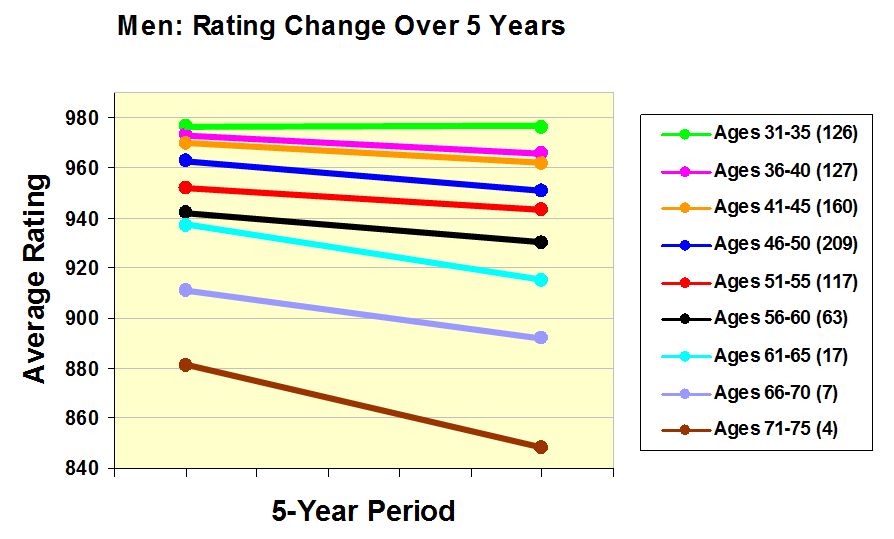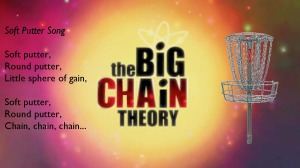We play disc golf for many different reasons–from low impact exercise and a walk in the park to high level competition and the desire to perfect our technique, and everywhere in between. Some of us (me included) enjoy travelling to new courses and events, seeking to test ourselves against different players and in different contexts.
As someone who has both played and TD’d high quality events, I know how much work TD’s put into presenting an event, be it for 25 players or more than 100. As such, I’m genuinely loath to criticize the events I attend, but a few recent events have led me to believe that bigger is now seen as better, and as a result, for many players the experience is suffering.
Respect the Player
As a TD, I realize that the experience I create is what keeps players coming back. While many of us focus on the quality of the course, a good event is about much more than what happens between the bells.
There are four windows players experience when they engage with our events:
1. Promotion and registration
2. Travel and check in
3. The event itself
4. Event closing and concluding the experience
Each of these areas is where a TD can make an event special, or drop the ball and leave players frustrated and disappointed. When we take the players for granted–when we don’t respect their needs–we damage the profile of the event.
So what does this look like?
1. Promotion and registration
Players can’t attend events they don’t know about. Getting events up on the PDGA calendar is an important first step in promoting your event, but it doesn’t end there. In today’s world, a basic web site is practically free and systems like WordPress or Facebook allow anyone with basic word processing skills to publish a professional looking site in minutes. Initially players just want the basic facts:
A. When is the event?
B. Where is the event?
C. What will it cost?
D. When can I register?
More information (about payouts and player packs, for instance) may be helpful in demonstrating the added value in the event (the ways in which the player experience will be enhanced), but having a web site with just the basic information (and a place where players know they can go for more information) is extremely valuable to players, and a time saver for the TD (cuts down on all those calls and e-mails).
2. Travel and check in
If you’re trying the entice players from beyond your local clubs, you’ll need to make it easy for them to get to you. Whether you negotiate a deal with local hotels, travel agencies, or airlines, simply identifying the ways to get to your event (airports, ferries, trains, or driving maps) and places to stay (PDGA discounted hotels; local clubs or players willing to host visitors, etc.) makes it easier for traveling players to get to you, and shows that you care about the challenges and expenses they are dealing with.
3. The event
The event is more than what happens between tee off and putting away the putter after the last hole. It includes ease of check in; access to tee times and player meeting information; a timely start (be it tee times or shotgun start); efficient distribution of the player pack (if there is one); availability of course maps and information; a clear place to turn in the score cards; presence of on site amenities (washrooms, food and beverages) and later round information (start times, break length, etc.). A well run event respects the player by reducing their anxiety (how many of us check our start times ten times the morning of the event, just to make sure?) about pre and post competition needs, letting them instead focus on playing.
And make no mistake, playing is what they are there for. At one major event I heard the TD welcome players, both the world’s best players and those there to enjoy the warm weather. Nobody was there to enjoy the warm weather. Even if all we are doing is competing against ourselves, everyone is at your event to play and play well.
Which leads me to the issue of “cuts.” I used to be a fan of “cuts,” which would give us a captive audience for the last round. Perhaps this makes sense for local players watching a final nine, but if you’re bringing in players who are paying hundreds (if not thousands) of dollars just to come to your event, then limiting their play wastes their time and money. Remember that not making the cut costs a traveling player at least one night of hotel costs, meals, rental car, a day away from family and perhaps a day off work. Respect the investment that players make to attend your event and maximize their opportunity to play.
Finally, realize that no matter how well we play, around half of our pro or am players are leaving with only memories. Players packs can be a nice way of respecting the investment all players make when they register. That said, a players pack should be something players actually want–coupons to local businesses and items unrelated to disc golf generally aren’t valued (and I’ve got the survey results from my own event to prove it). Event logo discs and minis, shirts or towels, or bag tags are easy and inexpensive ways to recognize the investment participants make in attending your event. Custom stamped items also serve as advertising for future events, and so can both respect the player, reward the sponsors, and build for the future.
4. Concluding the event is just as important as starting the event. Planning carefully the time it will take to calculate payouts (preregistration is key in this respect); testing the course before the event so that you have an accurate estimate of the time it will take to complete; organization of trophies and post event activities (if there are any) all contribute to the player experience. Establishing a schedule in advance, including the projected end time for play, as well as a start and end time for awards (particularly if held off site), respects the players by letting them make better travel plans.
The last step in concluding the event is finalizing scores. The PDGA has worked hard to provide TDs with a wealth or resources, including an archival scoring system. Taking a few minutes a few days before the event to learn how that system works will help you upload scores in a timely way and respects the players, who are eager to see how their performance (good or bad) compared to other people in the event and their own past performance.
Concluding thoughts
As disc golf has become more popular, TDs have been pressured to expand events to accommodate all of the demand. This is one of those problems that is great to have, but the way we respond is important to the players and the event. If expanding the opportunity to play diminishes the quality of play, then we are again not respecting the player. Stuffing five players to a card on an already crowded course is not respecting the player. Adding an additional course to the event just to accommodate demand is not respecting the player.
There are ways to accommodate this increased demand–laddered registration is one (where registration is opened in stages based on TD priorities). Increasing the number of events (rather than simply expanding the events we already have) is another. Holding events on multiple days or separate weekends is another.
At the end of the day, we as TDs want to provide the best experience for our players that the weather and courses we have will allow. It isn’t about us or our courses or our city–it is about serving our customers–the players who are putting up hundreds of dollars to come play in our events. Respect the player.
Coming soon: “Respect the TD.” Creating a great player experience isn’t easy–today’s players should respect the TD and all the work that goes into putting on an event.





















































